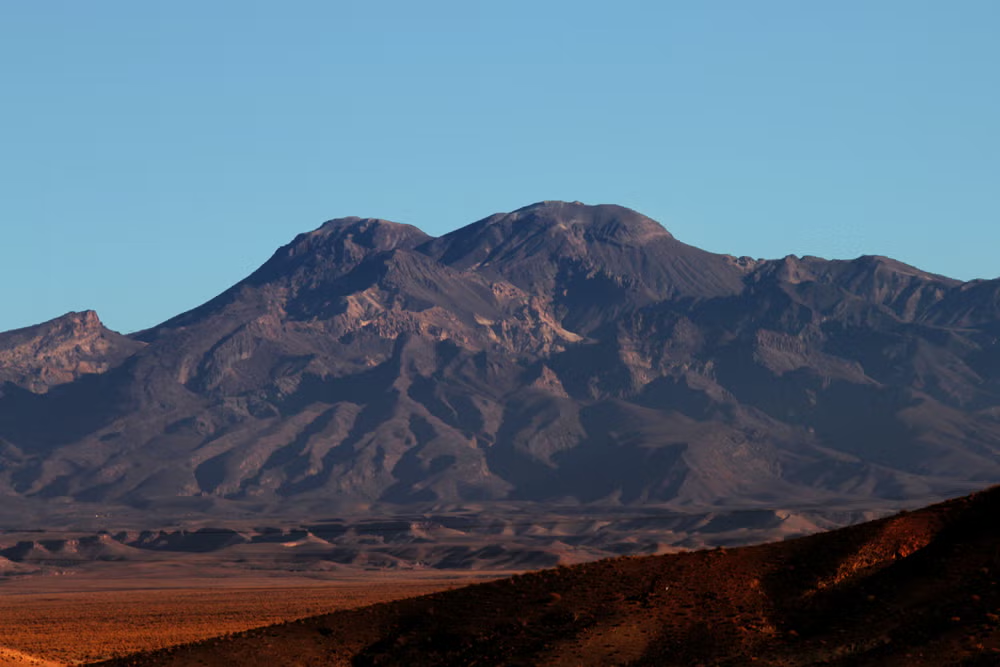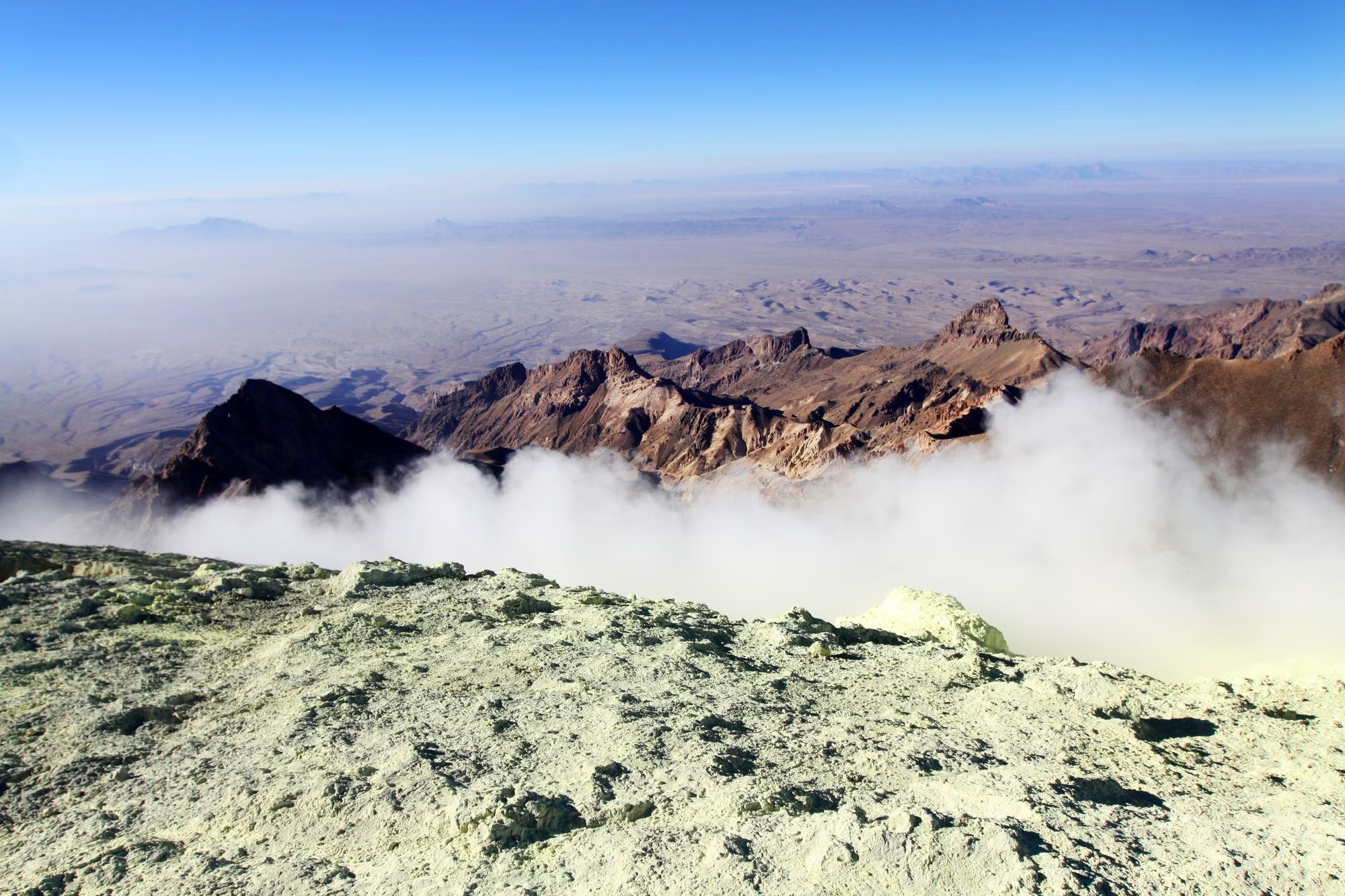On The Ground newsletter: Get a weekly dispatch from our international correspondents
Get a weekly dispatch from our international correspondents
Get a weekly international news dispatch

A volcano that lies close to the border between Iran and Pakistan may be nearing an eruption again for the first time in over 700,000 years, a study has suggested.
Scientists say that the Taftan volcano, which was believed to be extinct, is showing signs of activity after hundreds of thousands of years.
A new study published by the Geophysical Research Letter has found that the volcano’s summit has risen by 3.5 inches between July 2023 and May 2024 and still hasn’t deflated.
Researchers said this suggests that a significant amount of gas pressure is building up below the volcano’s surface. The plumes this creates will “have to release somehow in the future, either violently or more quietly”, the study’s senior author and volcanologist Pablo Gonzalez told Live Science.

open image in gallery
A view of the Taftan Volcano in Sistan province (Amirhossein Nikroo/CC BY-SA 3.0)
Mr Gonzalez reassured that there is no risk of an imminent eruption, but that the volcano should still be closely monitored.
“This study doesn’t aim to produce panic in people. It’s a wake-up call to the authorities in the region in Iran to designate some resources to look at this,” he told the publication.
Gaseous emissions were observed by locals as early as 2023 and a smell reported from as far as 30 miles away from the summit.
The colossal 12,927 feet high volcano towers over a group of smaller nearby mountains formed by the Arabian ocean crust. It is the largest volcano in southeastern Iran.
Due to the mountain’s remote location, it is difficult to monitor and provide accurate images, but doctoral student Mohammadhossein Mohammadnia worked with Mr Gonzalez to use satellite images to determine the rise of the base.

open image in gallery
The summit of the volcano has risen in recent years (Safa.daneshvar/CC BY-SA 4.0)
The cause of the volcano’s growth spurt is likely to be a consequence of a difference in the hydrothermal plumbing below the volcano resulting in the gas build-up or magma shifts underneath the vent, scientists said.
Researchers are continually monitoring the volcanoes and the research remains ongoing, partnering with other experts.
Images are for reference only.Images and contents gathered automatic from google or 3rd party sources.All rights on the images and contents are with their legal original owners.